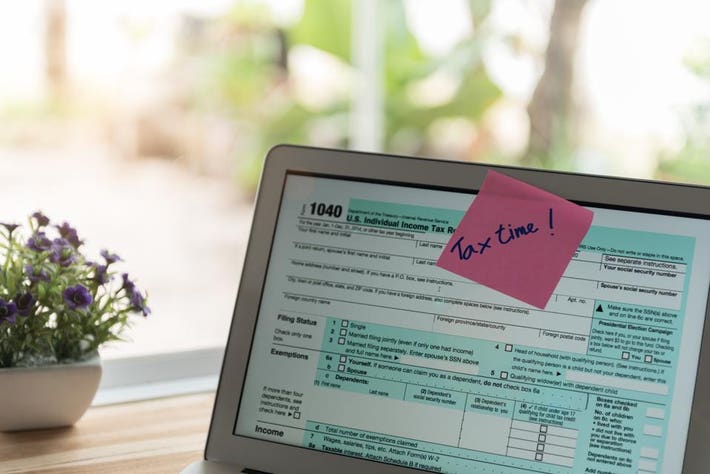The IRS’s Direct File program after a successful trial period during the 2024 tax season, has garnered praise from taxpayers and lawmakers.
Support Expansion as Over 140,000 Americans Save $5.6 Million in Tax Preparation Fees
Over 140,000 Americans used the tool saving a total of $5.6 million in preparation fees. Democrats are backing the program, with more than 130 legislators urging its expansion, according to the report of Nasdaq.
The pilot, launched in March across twelve states surpassed expectations with nearly 19 million eligible individuals participating. The IRS expecting 100,000 filed returns was surprised by the overwhelming response. Internal feedback showed 90% of users rated the software as “excellent” or “above average.”
Mandated by the 2022 Inflation Reduction Act and IRS initiated the Direct File program to explore federally managed tax filing. Commissioner Danny Werfel stressed the importance of real-world testing and operational software. The program’s future beyond the pilot phase remains uncertain.

(photo: Forbes)
Direct File Sparks Controversy: Republican Opposition and State Revenue Concerns Emerge
Direct File faces opposition from the tax preparation industry, which argues it duplicates existing services and is an unnecessary use of taxpayer funds. Concerns also arise about its impact on state tax revenues, as it only covers federal taxes, potentially leading to confusion.
Republican lawmakers have not endorsed Direct File with none among the signatories of a recent letter commending its success. Predominantly Republican-led states have expressed concerns about its potential adverse effects on state tax obligations and the financial burden of implementation.
Furthermore, Direct File’s success sparks debates on US tax filing’s future. Advocates tout its potential for simplicity and cost savings via a government system, while critics fret over its effects on private tax services and state revenue. Proponents argue it could alleviate taxpayer burdens and improve compliance, yet opponents fear it may dent industry revenue and state budgets. Policymakers face a balancing act, weighing these concerns against taxpayer welfare and tax system stability.

















































